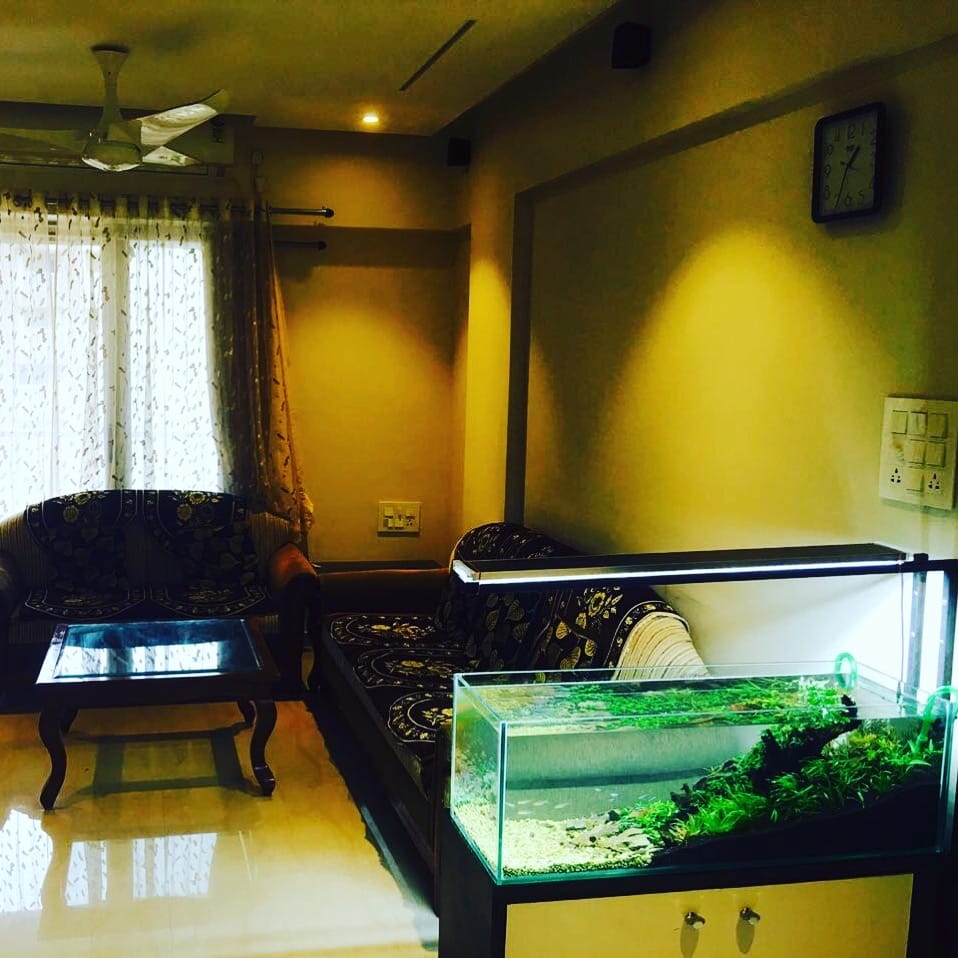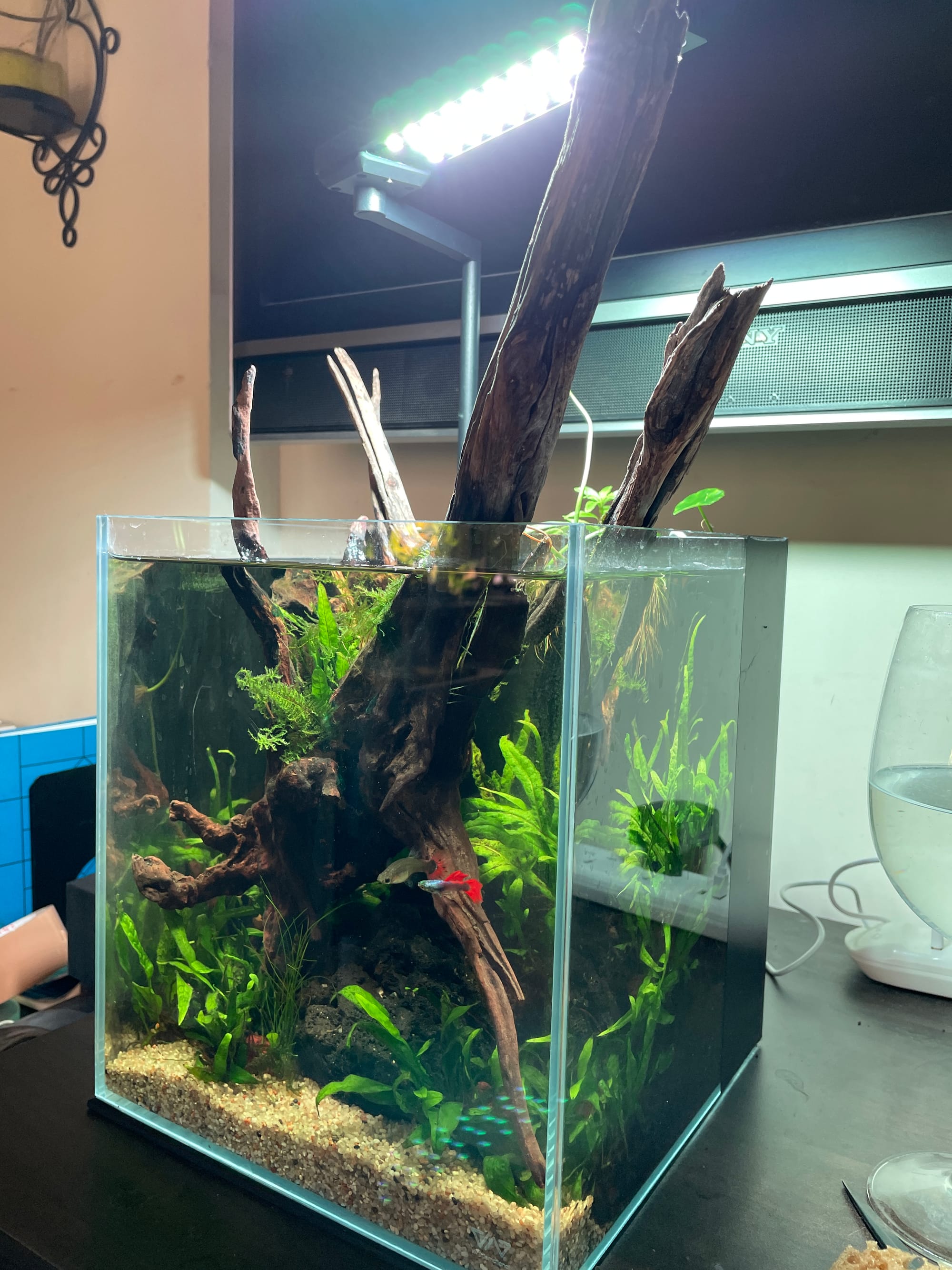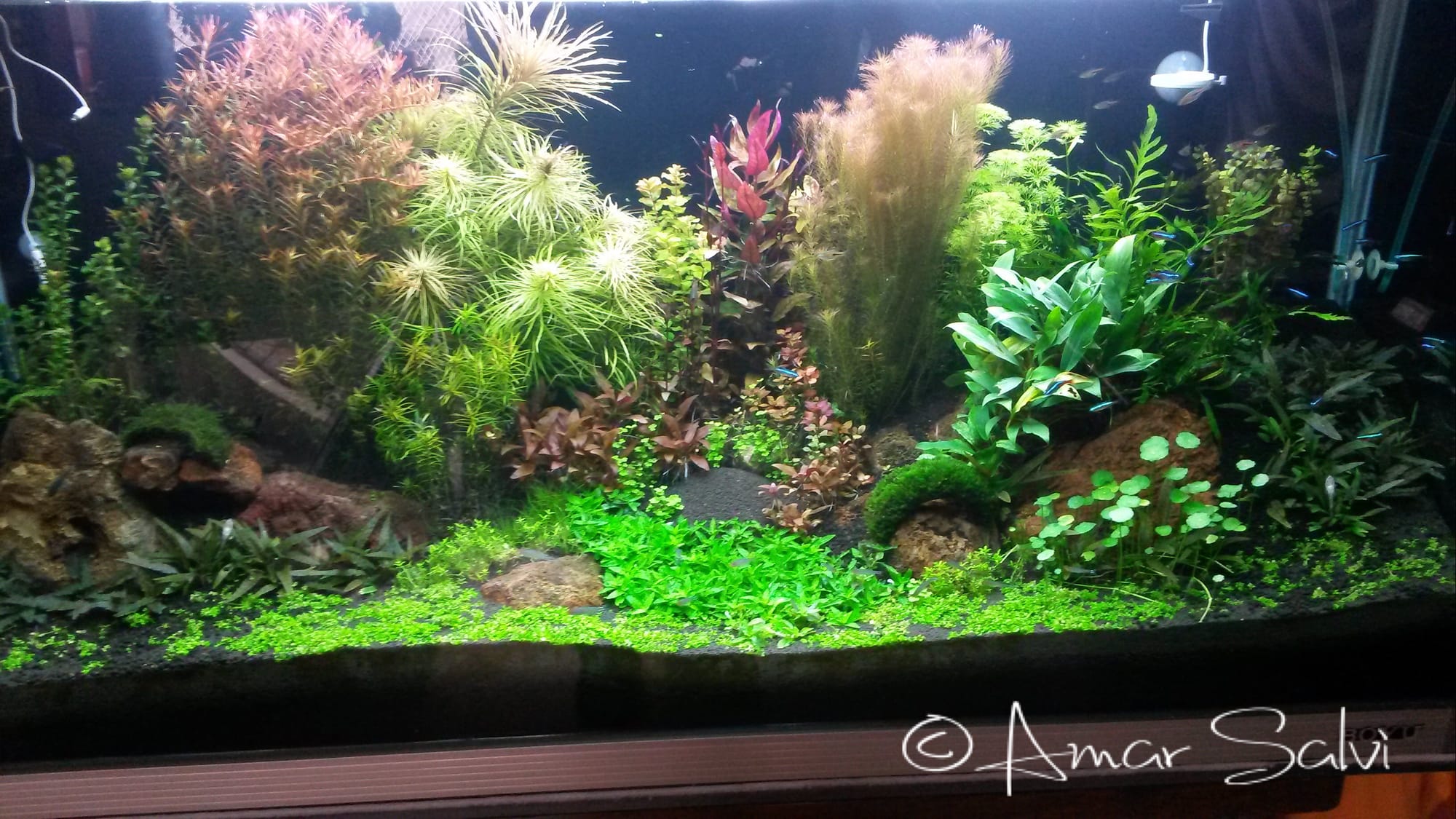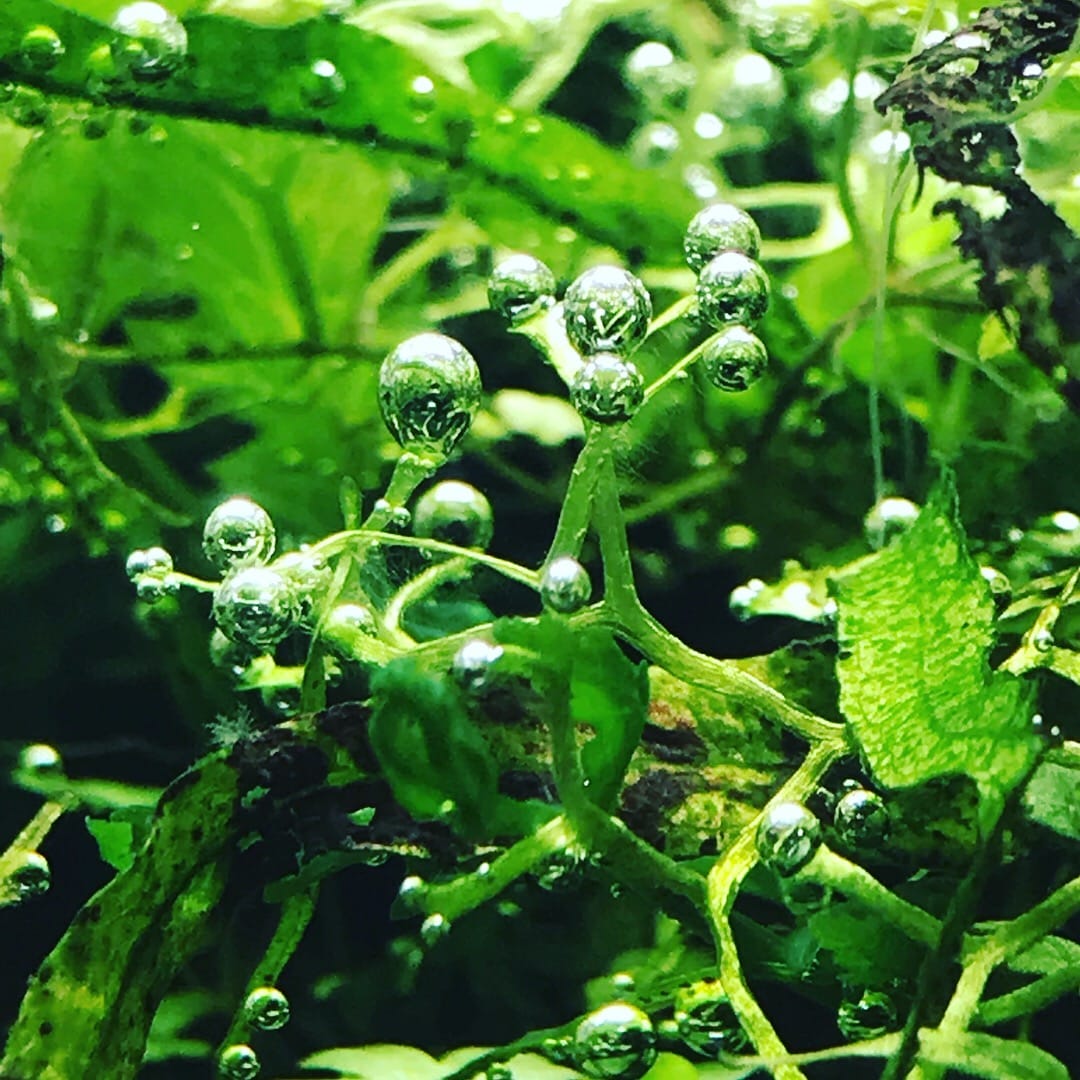The Beginner’s Guide to Starting an Aquarium | Learner Series 01

I was introduced to my first aquarium or rather I discovered my father's aquarium when I was 7 years old and I was hooked from that moment on. Its' been an incredible journey discovering this hobby and delving deep in it for over 4 decades. Been there...done that and doing more.
My earliest memories are of the first aquarium I saw: a small 2 ft x 1.5 ft x 1.5 ft aquarium that my father had at home. Some might consider it small, but for me, it was a whole world in itself.
It was a basic one, with aluminium frames and the glass held together with melted tar (silicon was yet some decades away). Instead of gravel, my father preferred filling the base with marbles, as it was easier to siphon the detrious that slipped through the gaps in between and did not spoil the water. For a time when filters still had to make an entry and hobbyists used to have the small cotton-wool air bubble filters, having a marble filled bottom was quite an innovative way to keep the tank clean. The only plants in the aquarium were either cabomba or vallisneria, the most common plants available then. These were planted in a small glass or ceramic pot and placed in the aquarium. That just about summed up my little aquarium world, which had Mollies, Guppies, Sword tails, Platys, Blue Gourami, Pearl Gourami and occasionally Zebra Danios. Oh, to watch these fish swim and be at home in this small world, used to transport me to a fairyland.The excitement discovering tiny babies swimming amongst the plants was something else altogether.
This is how I got pulled in to this wonderful hobby, that taught me respect for all living beings, being responsible for the ones in your care, understanding their needs, their environment and wanting to now more and more about it.That was about four decades back,fast forward, and here I am, having gone the entire distance in the hobby.
Starting an aquarium is an exciting and rewarding experience, providing a window into an entirely different world filled with colorful fish, beautiful plants, and intricate ecosystems. Whether you're a beginner or have some experience, setting up an aquarium requires a bit of preparation and understanding to ensure the long-term health of both your aquatic life and your tank. In this guide, I'll walk you through the essential steps to setting up your aquarium, from selecting the right tank and equipment to caring for your fish and plants.
1. Choosing the Right Aquarium
The first step in starting an aquarium is selecting the right tank. The size of the aquarium will depend on how much space you have available, how much time you can commit to maintenance, and the types of fish you want to keep.
- Small Tanks (Less than 75 litres or 20 gallons): Smaller tanks are easy to manage and require less initial investment, but they can be tricky to maintain. Water quality can change rapidly, and fish waste can accumulate quickly.

- Medium Tanks (around 200 litres max or 55 gallons): These are great for beginners because they offer more stability than smaller tanks. With proper filtration and maintenance, it’s easier to keep the water quality balanced.

- Large Tanks (200 litres / 55 gallons or more): Large aquariums give you more room for different species and more flexibility in aquascaping. However, they require more time and effort to maintain.

Keep in mind that the larger the tank, the more stable the environment is.
2. Selecting the Right Equipment
Once you’ve decided on the size of your aquarium, you need to select the proper equipment to keep your fish and plants happy and healthy. Some key equipment includes:
- Filter: A reliable filter is essential for maintaining clean water by removing waste, debris, and toxins. There are several types of filters, such as canister filters, hang-on-back filters, and sponge filters. Make sure the filter you choose is rated for the size of your tank. The Nano tanks can do well with internal filters and hang-on back filters, but the medium and the large tanks need canister filters and even sumps.
- Heater or Chiller: For tropical fish, a heater will help maintain the right water temperature, though this will only be the case in cooler climates. In tropical countries like India and depending where you stay in India and what season is on, you may need a heater or even a chiller to maintain the right temperature, Choose a heater that’s appropriate for your tank size and species. A chiller however, calls for a heavy investment. One can of course, choose the right fish and suitable plants,even without going in for a chiller.
- Lighting: Lighting is essential for both aesthetic reasons and to support plant growth. Ensure you choose lighting suitable for your tank—especially if you plan to keep live plants. Should you choose to keep live plants, RGB lights are recommended, though for the budget-conscious, even fluorescent lights will yield decent results, though the plants really pop their colors under RGB.
- Substrate: Substrate refers to the material that covers the bottom of your tank, such as gravel, sand, or specialized plant substrates. The type of substrate you choose will depend on the type of tank and whether you have live plants.
- CO2: You will need to consider CO2 injection either via DIY kits or through pressurised CO2 cylinders(recommended) for best results with plants. Why CO2 you ask? Well, you see...plants breathe in Co2 and give out Oxygen (O2) during the day. Co2 injection in a limited space such as the aquarium, really helps bring the plants to their full potential and will often reward you with a display of photosynthesis with oxygen bubbles pearling on the plant leaves.

- Testing Kits: Water testing kits are essential for monitoring water parameters like pH, ammonia, nitrites, and nitrates. These will help you keep track of the health of your aquarium and ensure the water remains safe for your fish.

3. Setting Up the Tank
Once you have all your equipment, it’s time to set up your tank:
- Place your tank in the desired location where it won’t be exposed to direct sunlight (which can lead to algae growth) or placed near heaters or air conditioning units.
- Install the filter and heater and ensure they’re functioning properly before adding any water.
- Add the substrate to the bottom of the tank, creating a base for plants and decorations.
- Add water slowly, checking for leaks as you go. Fill the tank up to about an inch below the rim to prevent splashing when the filter is turned on.
- Set up the decorations and plants. Be sure to leave enough space for your fish to swim freely.
- Turn on the filter and make sure everything is working as it should.
4. Cycling the Aquarium
Before adding any fish, it’s essential to cycle your tank. Cycling is the process of establishing beneficial bacteria that will break down harmful toxins (like ammonia) and convert them into less harmful substances (like nitrates). This process typically takes 4-6 weeks, and during this time, you’ll need to monitor ammonia, nitrite, and nitrate levels closely.
During cycling, avoid adding fish right away. You can add a small amount of fish food or a hardy species of fish (like guppies) to kickstart the process. Be patient—rushing the cycle can lead to unhealthy water conditions that harm your fish.
5. Choosing the Right Fish
After your tank is properly cycled, it’s time to choose your fish. For beginners, it’s best to start with hardy fish that can tolerate small fluctuations in water parameters.
- Guppies, tetras, and mollies are great options for beginners because they’re low-maintenance and adapt well to a variety of conditions.
- Avoid adding too many fish at once, as this can cause spikes in ammonia and nitrites. A good rule of thumb is to add a few fish at a time and gradually increase the number as your filter system becomes more established.
6. Water Quality and Maintenance
Maintaining good water quality is crucial for the health of your aquarium. Regular water changes are essential for keeping harmful toxins like ammonia and nitrates at safe levels. Plan to change 10-20% of the water every week, or more frequently if you have a lot of fish. I am used to a 25-30% water change weekly and it helps keep my aquariums pristine.
You should also clean the filter monthly, remove any debris from the substrate, and trim dead or overgrown plants. Regularly test your water to make sure everything is within the right range for your fish.
7. Aquascaping and Tank Décor
Aquascaping is the art of decorating your tank to create an aesthetically pleasing and functional environment. Adding plants, rocks, driftwood, and other decorations not only enhances the beauty of your aquarium but also provides shelter and hiding places for your fish. Your fish will show their true colors in a natural environment, so provide plenty of natural elements like soil, driftwood an dplants.Keep in mind that some fish prefer more plants or more open spaces, so research the preferences of your species before you decorate.
8. Fish Care and Feeding
Once your fish are in the tank, it’s important to provide proper care. Overfeeding is a common mistake, leading to poor water quality. Feed your fish only as much as they can consume in 2-3 minutes. Remove any uneaten food promptly.
Monitor your fish for signs of illness, such as changes in behavior, appearance, or appetite. If you notice anything unusual, isolate the sick fish in a quarantine tank and address the issue promptly to prevent spreading.
Conclusion
Starting an aquarium is an exciting, yet challenging, hobby. With the right preparation, equipment, and care, you can create a beautiful and thriving aquatic ecosystem. By understanding the basics of tank setup, cycling, fish care, and maintenance, you’ll be well on your way to creating a healthy, balanced environment for your fish and plants. Remember, patience is key, and as you gain experience, you’ll be able to explore more advanced techniques and species. Enjoy the journey and the rewarding experience of bringing a piece of nature into your home!



